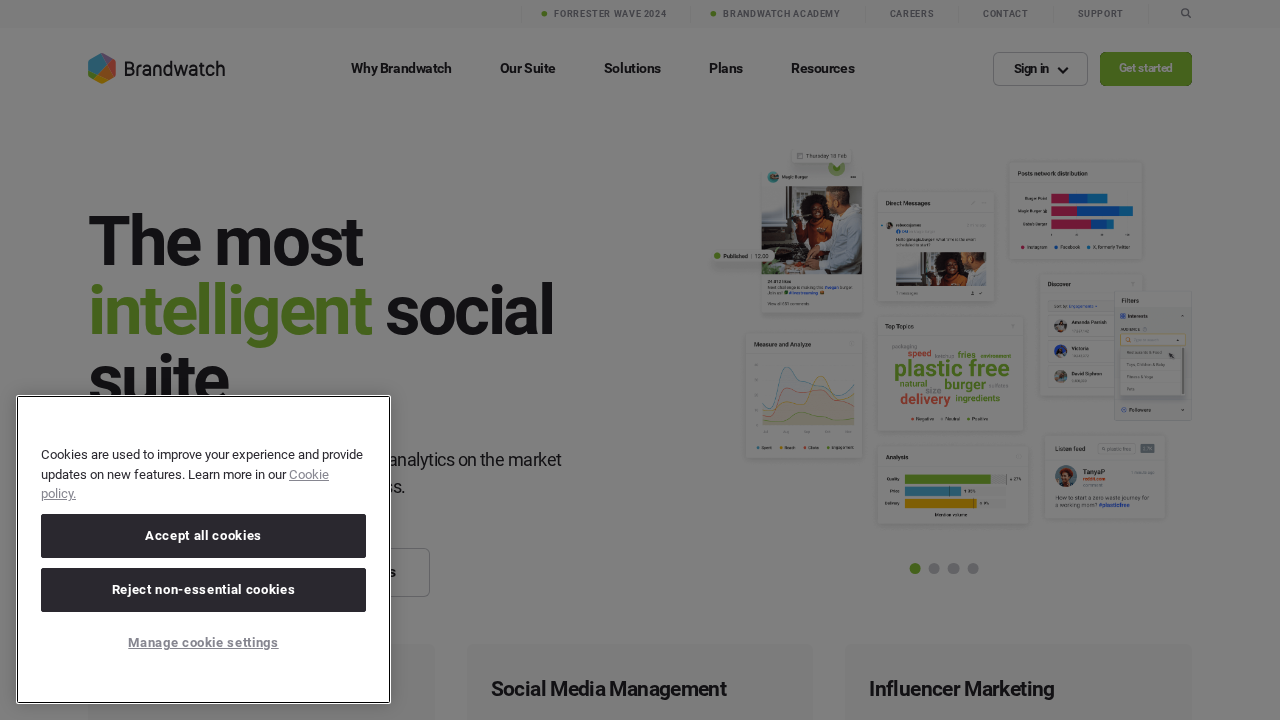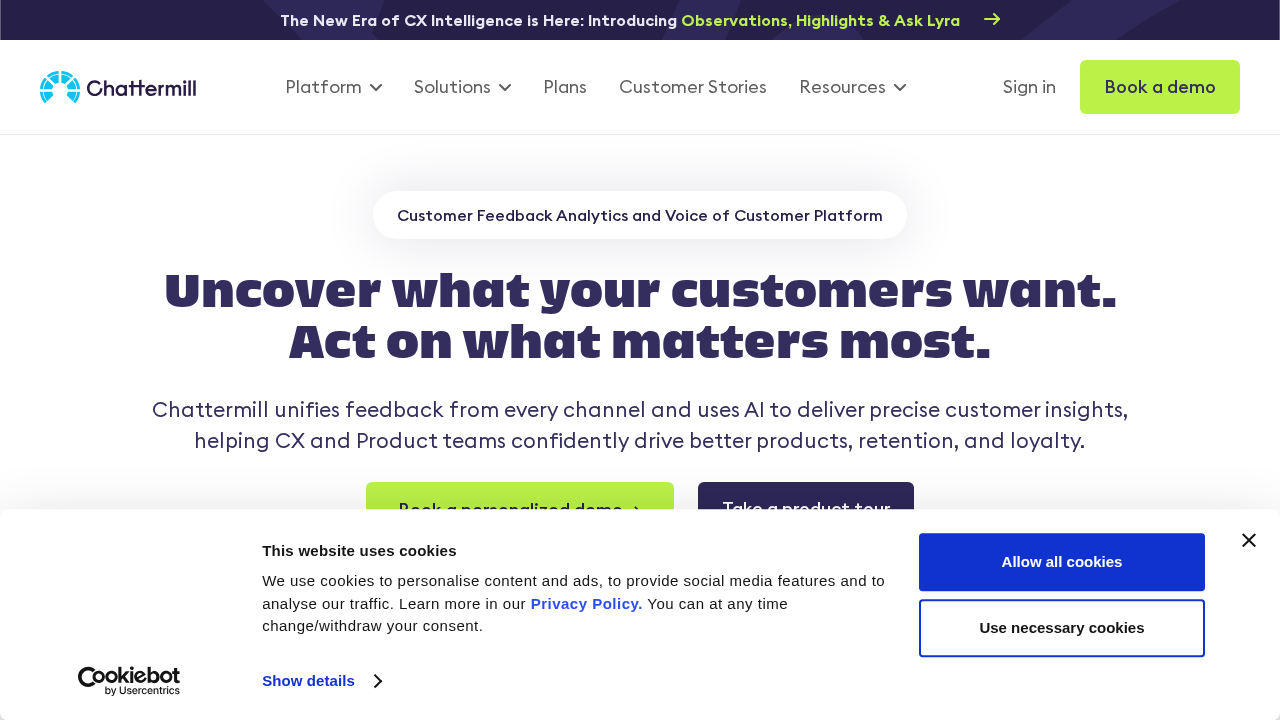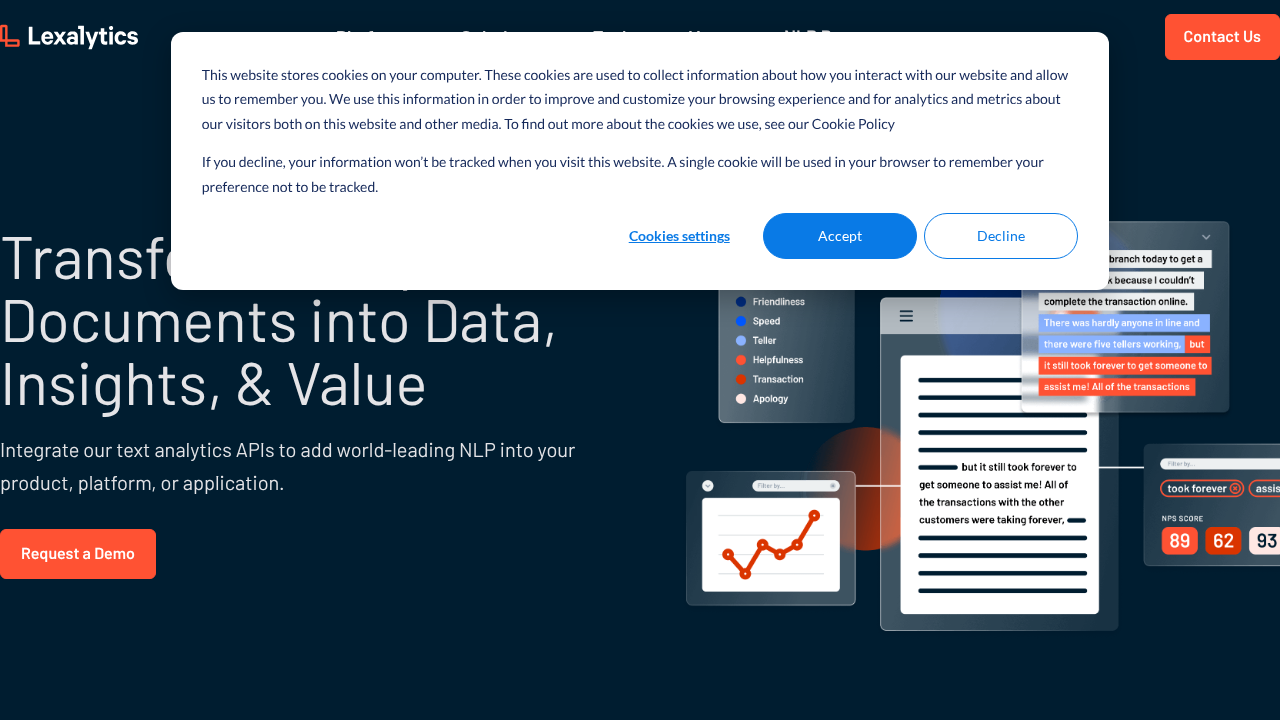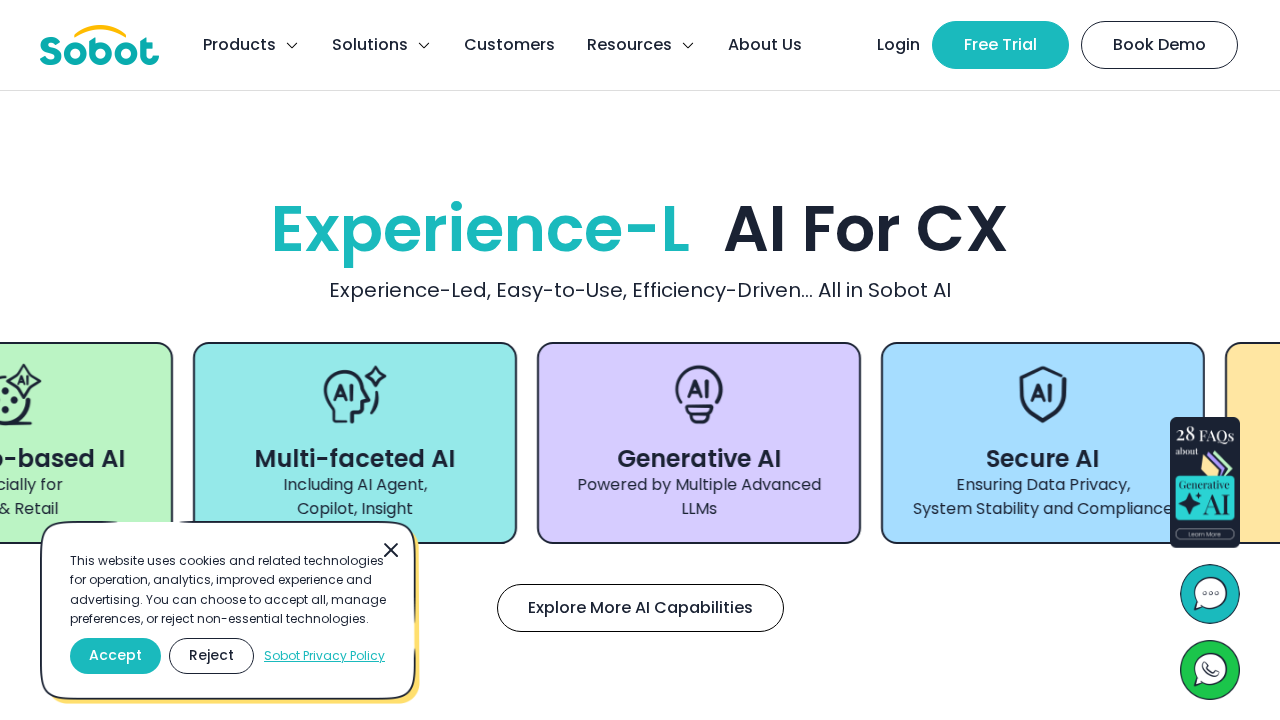Technology is continuously evolving, and as we advance into 2025, the importance of leveraging real-time sentiment analysis is becoming undeniable for businesses striving to stay ahead in understanding their customers’ and employees’ emotions. Whether it’s a large corporation tracking social media sentiment or a small business seeking deeper employee insights, having the right set of tools can make all the difference in transforming raw data into actionable insights.
In this blog post, we’re diving into the top 5 must-have tools for real-time sentiment analysis in 2025, exploring their pros, cons, and how they can serve businesses in varying capacities. From social listening tools like Brandwatch Cortex to AI-driven platforms such as the Moodbit Copilot, this guide will help you determine the most effective platforms to empower your teams and revolutionize the way you analyze and act on sentiment data.
Top apps:
1. Moodbit Copilot
2. Brandwatch Cortex
3. Chattermill
4. Lexalytics
5. Sobot Chatbot
Moodbit Copilot

Moodbit Copilot, a revolutionary generative-AI assistant tailored for HR teams, team leads, and SMBs, seamlessly transforms employee data and documents into real-time insights, automations, and conversational support. Its cutting-edge features ensure enhanced efficiency, smarter decisions, and improved employee experience—all while simplifying complex processes.
Pros
- Effortless conversational interface: Users can gain quick insights and answers without needing technical expertise in SQL or BI tools, making it accessible for non-technical managers.
- Significant time savings: Automating repetitive administrative tasks such as report generation and survey follow-ups enables HR teams to focus on strategic initiatives and high-impact projects.
- Broad ecosystem integrations: Connects seamlessly with popular platforms like Slack, Microsoft Teams, Google Workspace, OneDrive, SAP SuccessFactors, and more. This reduces tool-switching and centralizes access to essential HR workflows and information.
- Wellbeing and engagement focus: Turns sentiment data and employee surveys into actionable plans, fostering better employee retention, engagement, and overall satisfaction.
- Enterprise-grade security: Designed for secure handling of sensitive employee data with robust access controls and privacy safeguards.
- Cross-functional utility: Not just an HR assistant—also benefits recruitment, onboarding, internal communications, and operations, making it highly versatile.
- Limited appeal for very large enterprises requiring hyper-customized analytics solutions.
- Initial setup may require minimal user training for optimal integration use.
Use cases
- HR analytics and decision-making: HR teams can ask natural language queries, like “How is employee sentiment trending this quarter?” to instantly access data visualizations and personalized insights, enabling faster and better decisions.
- Document automation: Upload contracts, PDFs, or survey reports, and get instant summaries, actionable metrics, and recommended next steps, ensuring swift handling of overwhelming documentation.
- Streamlined communication: Integration with collaboration tools like Slack and Microsoft Teams allows for delivering automated reports, meeting summaries, and updates directly within the platforms employees use most.
- Employee experience enhancement: A 24/7 HR chatbot provides instant answers to employee FAQs about company policies, benefits, and workflows, significantly reducing repetitive HR ticket requests and boosting employee satisfaction.
- Operational scalability: Designed to enable small HR teams to efficiently manage larger workforces, ensuring consistent services without overloading resources.
- People-centric strategies: Managers and HR professionals receive tailored recommendations and advanced strategies based on real-time analytics to prioritize and act on employee needs effectively.
Brandwatch Cortex

Short Description: Brandwatch Cortex is a social media sentiment analysis tool designed for real-time monitoring and analytics. It is part of the Brandwatch suite and focuses on helping brands track and act on consumer sentiment across social platforms.
Pros
- Provides real-time sentiment tracking and social media monitoring.
- Customizable dashboards for visualizing insights.
Cons
- Limited applicability beyond social media platforms and does not provide insights into internal organizational data.
- Expensive pricing starting at $800/month, making it less accessible for small businesses or budget-conscious teams.
- Lacks workflow automation, integrations with corporate tools like HR systems, or the ability to personalize actionable recommendations for team management.
- No generative AI capabilities or support for natural-language data queries, which limits its ease of use for non-technical users.
Chattermill

Chattermill is an AI-driven platform focusing on customer feedback and sentiment analysis. It enables businesses to extract insights from large-scale qualitative feedback, helping them understand customer sentiment and improve their strategies.
Pros
- Advanced sentiment analysis tools capable of assigning multiple sentiments to a single topic in one piece of feedback.
- Offers granular insights and custom dashboards for data visualization.
- Supports integration with tools like Zapier, expanding its connectivity options.
Cons
- Lacks features to instantly generate actionable strategies or recommendations based on the analysis.
- No conversational data analytics or natural language question support for real-time queries.
- Absence of integration with commonly used collaboration tools like Slack or Microsoft Teams for seamless team management and workflow automation.
- No dedicated 24/7 chatbot capability for resolving employee or customer queries without human intervention.
- Heavy dependence on data input quality for effectiveness and manual effort required for detailed setup of rule-setting processes.
Lexalytics

Lexalytics is a tool specialized in natural language processing and machine learning to analyze unstructured text. It provides solutions to extract insights and detect sentiments from data such as customer feedback, social media posts, and other forms of text. The platform offers both cloud-based (Semantria™) and on-premises (Salience™) solutions, with a focus on processing large-scale unstructured data.
Pros:
- Comprehensive support for multilingual sentiment analysis, including 16 international languages.
- Capabilities for deep learning-powered concept recognition and categorization (e.g., utilizing relationship patterns via resources like Wikipedia).
Cons:
- Narrow focus primarily on text analysis and sentiment, with minimal emphasis on holistic people-centric insights or actionable strategies.
- Lacks conversational interface or AI-powered chat support, which restricts ease of use for non-technical users.
- Limited workflow automation and third-party tool integrations, reducing its ability to streamline business processes or link across corporate ecosystems.
- No dedicated HR-specific solutions such as tailored recommendations, talent management, or direct employee assistance.
- The lack of intuitive natural language query capabilities makes the tool less adaptable for dynamic analytics and actionable insights.
Sobot Chatbot

The ‘Sobot Chatbot’ app is a platform designed for small businesses, providing solutions for customer support, sales, and marketing. It combines chatbot functionality with live chat and ticketing systems to streamline communication and integrate with multiple online channels.
Pros
- Affordable pricing plans make it suitable for small businesses with limited budgets.
- No-code setup allows for easy implementation without the need for developers.
- Supports omnichannel communication, including integration with websites and social media platforms like WhatsApp and SMS.
Cons
- Lack of advanced analytics capabilities to generate actionable insights for strategy improvement.
- Primarily focused on customer support and sales, offering limited utility for HR and operational teams.
- Limited integration ecosystem, lacking compatibility with broader tools like Slack, Microsoft Teams, or enterprise applications like SAP.
- Does not provide document intelligence or the ability to analyze and extract data from PDFs and reports.
- No features for generative AI automation, such as creating tailored recommendations or automating strategy generation.
- Absence of a robust conversational analytics engine for deriving insights from chat interactions.
- Less focus on enterprise readiness, such as stringent security and compliance capabilities.
- Reviews and ratings are notably absent, leading to uncertainty about user satisfaction and reliability.
Conclusions:
While all the tools in this list bring value in their own way, choosing the right tool depends on the specific needs of your business. Some, like Brandwatch Cortex, provide excellent social media insights, while others, such as Chattermill and Lexalytics, focus more on processing customer feedback. However, they often fall short in areas like workflow automation, actionable strategy generation, and enterprise-level scalability.
Enter Moodbit Copilot, a tool designed to address those gaps and take sentiment analysis to a whole new level. By offering conversational data analytics, deep document intelligence, robust workflow integrations, and an always-available HR chatbot, Moodbit is the comprehensive solution for HR teams and SMBs. It is the only tool on this list that moves beyond analysis, directly providing people-centric insights and recommended actions to improve employee experience, streamline operations, and empower your leadership and HR teams.
If you’re looking for a solution to not only understand sentiments but also effectively act on insights to cultivate better business outcomes, Moodbit Copilot is clearly the best choice for 2025. With its advanced generative AI features, rich integrations, and ability to deliver measurable results, Moodbit stands out as the gold standard for real-time sentiment analysis in the coming year.